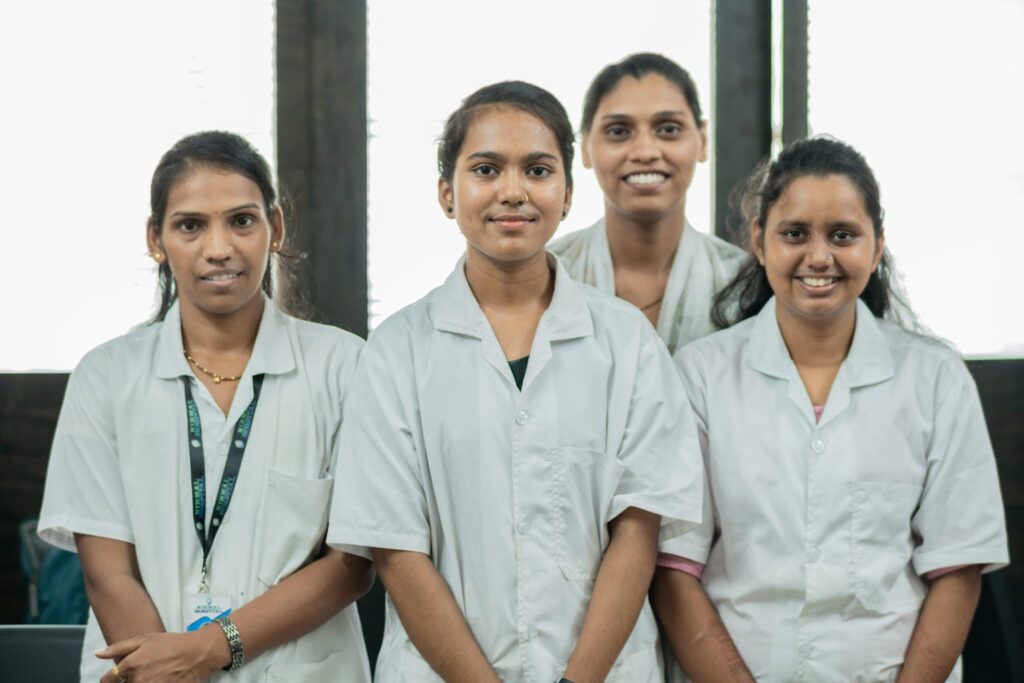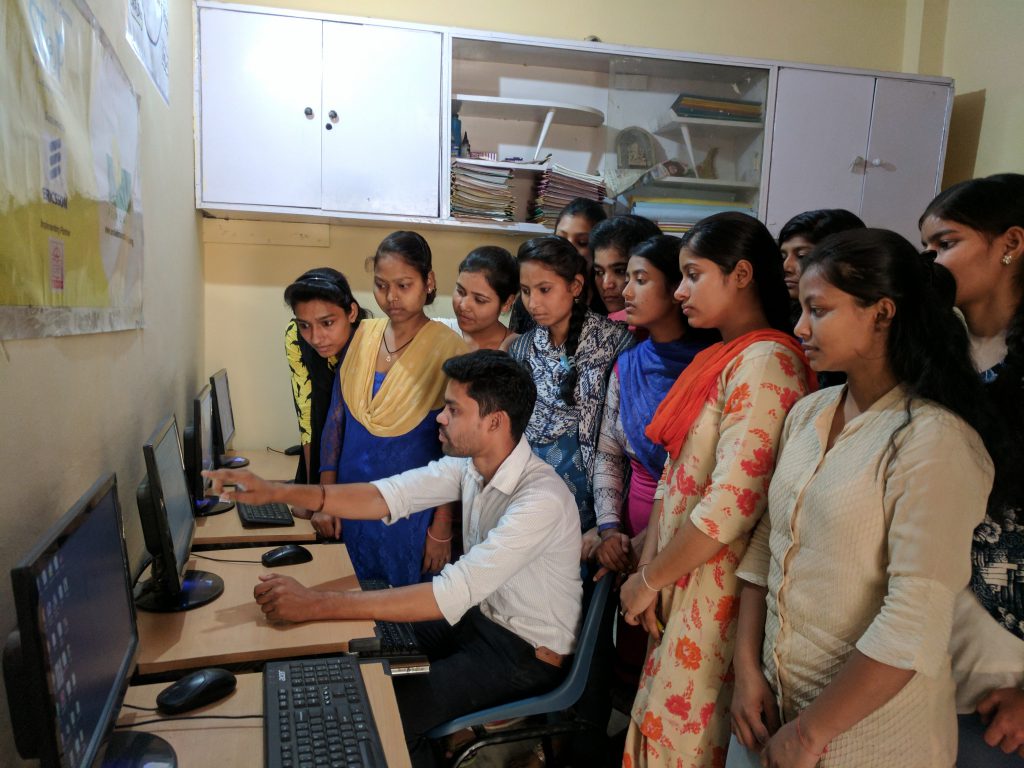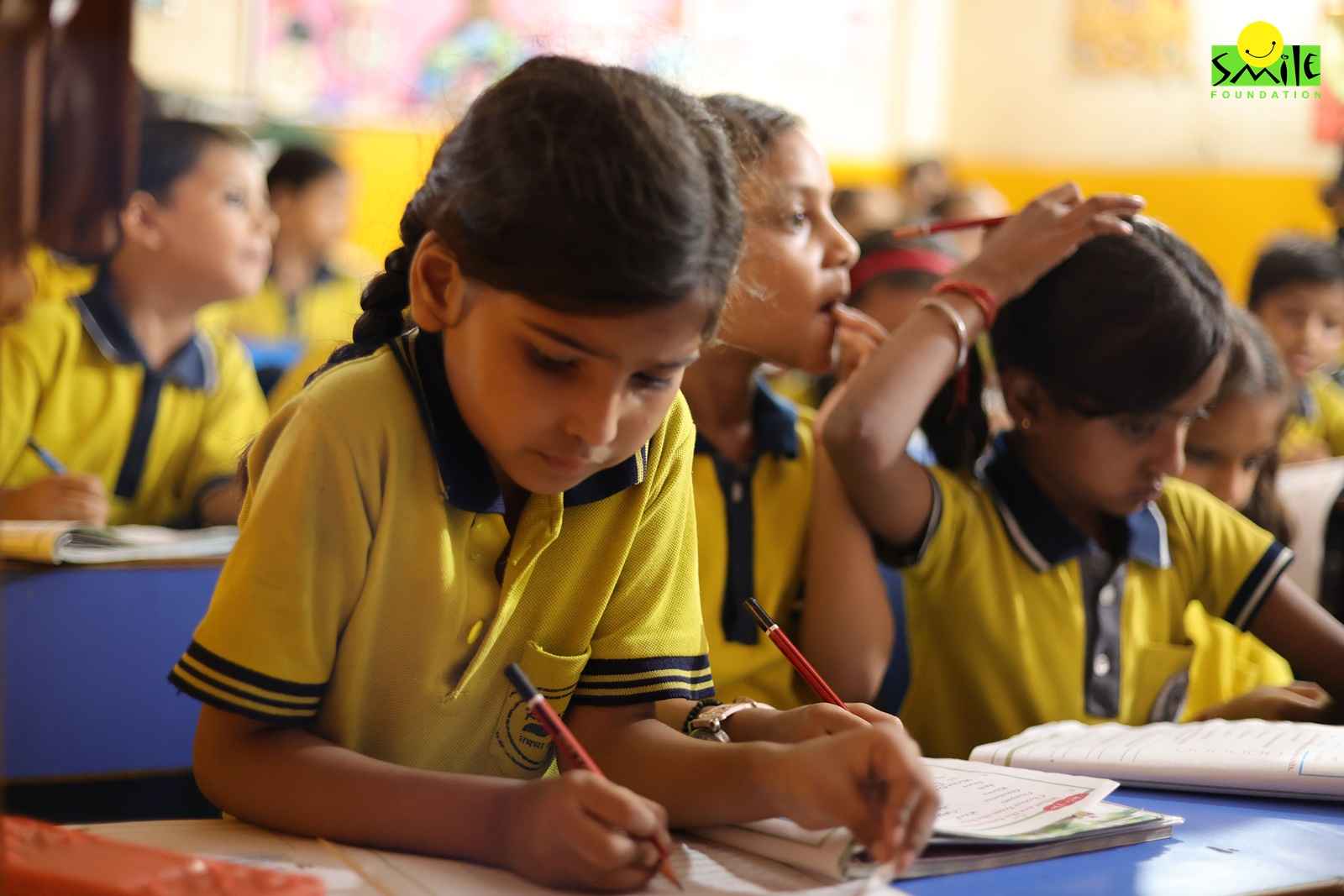India is confidently marching towards its ambitious goal of becoming a US $ 5 trillion economy. The reins to steer ahead the nation towards this goal mainly lies in the hands of the Indian youth. With declining fertility rates, median age of 29 years and having one-fifth of world’s youth population, our nation is in the perfect window to reap the ‘demographic dividend’.
However, without appropriate policy interventions and investment in quality enhancement of the youth population, India runs the risk of losing this brilliant opportunity. Thus, the urgent need for focus on education and youth skill development programmes.
These are two crucial factors which hold the key to transforming India’s youth population into a competent and efficient workforce who can propel the nation’s economic growth.
India’s 5 Trillion Economy- Vision, Roadmap and Challenges
The Indian economy has seen lots of ups and downs throughout its course in history. From a very slow economic growth often referred to as the ‘Hindu Growth Rate’ in the pre-liberalisation period to becoming the world’s fifth largest economy today, the Indian economy has proved its resilience time and again.
A report titled “Navigating the Storm” published by the World Bank in its latest India Development Update, finds the Indian economy resilient and well-positioned to brave external global challenges compared to most other emerging markets. This report says that the financial year 2022-23 will register lower growth for the Indian economy as compared to 2021-22.
This is due to global factors like increased commodity prices, tightening of global monetary policies, and an overall slowdown in global economic growth, domestic demand will still help India to register strong growth in GDP and continue as one of the fastest-growing major economies.
India’s journey to the trillion-dollar economy has been rather interesting. While it took 60 years after India’s independence to become a trillion-dollar economy, the second and third trillion dollars were added in just 7 years and 5 years.
The current size of the Indian economy is $ 3.1 trillion and with current growth momentum, an average of 1 trillion dollars is estimated to be added every couple of years till the next 14-15 years. The world economic report of the International Monetary Fund (IMF) affirms India’s growth to a US $ 5 trillion economy by 2026-27.
The Indian government has been pursuing the 5 trillion economy goal quite aggressively and rightfully so!
A few key steps taken in this regard are listed below:
- Introducing rapid structural reforms like Goods and Services Tax (GST), Insolvency and Bankruptcy code 2016
- Aggressively exploring new markets to enhance the reach of Indian products globally
- Following a holistic approach to creating a business-friendly environment by improving the ease of starting, doing, and growing a business in India
- Introducing competitive taxation policies to create a favourable ecosystem
- Rapid infrastructure growth, connecting Tier-1 and Tier-2 cities with major cities and improving road, rail, and air connectivity
- Huge investments in communication and Information Technology
- Tapping into the second-generation digital revolution by creating a strong digital ecosystem
- Presenting a new model of governance that conforms to the new information age
- Introduction of initiatives and programmes like StartUp India, Make in India, and Aatmanirbhar Bharat to encourage and support innovation and entrepreneurship
India, in its new ‘fearless and assertive avatar’ also stands to benefit from other factors like geopolitical changes around the globe and global repositioning of markets.
Another major factor that plays to India’s advantage is its demographic status. With around two-thirds of India’s population in the age bracket of 15-59 years, forming the working-age population, India has the unique advantage of the longest demographic dividend window in the world, lasting over 5 decades until 2055.
Among other economic factors at play, the major challenge for India in realising its 5 trillion economy vision is to prepare its working-age population to tap into the enormous hub of opportunities available and set the wheels of economic growth in motion. Educating and skilling the youth of India to improve their competence and efficiency is a major task ahead.
Skill Development in Youth – The Need and Status
It is true that the youth population forms the backbone of the workforce of a nation. However, in the absence of productive engagement of youth, there are high chances of youth going astray or engaging in anti-social activities.
This would turn a crucial human resource into a bane rather than a boon for the economy. Thus it is highly essential to create an environment where there are diverse opportunities for all youth.
India has the second largest labour market following China. But the employment scenario and employment outcomes are still grim. India has seen rising unemployment rates over the years, with the COVID pandemic making it further worse.
The overall unemployment rate in the June quarter of 2021-22 was 12.6%. Adding to it the employability crisis is also an area of major concern. According to the World Economic Forum estimates, out of 13 million people joining India’s workforce annually, only 1 in 10 graduates, 1 in 5 engineers, and 1 in 4 management professionals are employable.
Unemployment is mainly caused by a lack of employable skills which might be attributed to the following reasons:
- Education in India still hasn’t caught up with industry requirements
- Students are not equipped with new-age skills
- Expensive Higher education and disproportionate access to it
- The high value associated with graduation degrees and preference for white-collar jobs
- Negligence towards vocational courses and vocational skill-based jobs
- Lack of digital competence and digital access
Corrective Measures Taken for the Dream of India’s 5 Trillion Economy
Identifying the problem of skill deficit among Indian youth, the government has introduced various initiatives and programmes for skilling, upskilling, and re-skilling of our current and potential workforce. This is being done so that they can add value to the economy and accelerate economic growth. A few of the steps creating change in this direction are:
- The National Education Policy (NEP) 2020 envisions making children ready for gainful employment in the future. It thus recommends vocational education training from Class 6.
- Launching various schemes under Skill India Mission to impart skills and vocational education and training to the youth
- Through its Startup India programme, the government is boosting the innovation and entrepreneurship ecosystem in India, catalysing the startup culture. As a result, by mid-2022, India emerged as the world’s 3rd largest startup ecosystem. Simultaneously it has brought a behavioural change where youth are taking chances to be job creators than job seekers.
- India’s Youth Skill Development Mission is empowering youth with affordable and comprehensible computer education. The mission provides certificates that equip them for better job/entrepreneurship opportunities
Concluding Thoughts
Educated and skilled youth are better equipped for decent jobs and entrepreneurial opportunities. This leads to an improved standard of living with more disposable income thus expanding the consumer base and leading to accelerated economic growth. Thus, an integrated effort to strengthen the education and skilling ecosystem to prepare our youth is the need of the hour.
Smile Foundation through its livelihood programme, STeP or Smile Twin e-Learning Programme is streamlining the youth from marginalised sections into the workforce. The programme is recently geared towards emerging sectors including healthcare assistance, digital marketing, BFSI, and e-logistics.










One reply on “Preparing the Youth for India’s 5 Trillion Economy Goal”
I believe only with good education and updated skills as per the market industry can make this dream possible. Very beautifully narrated article.